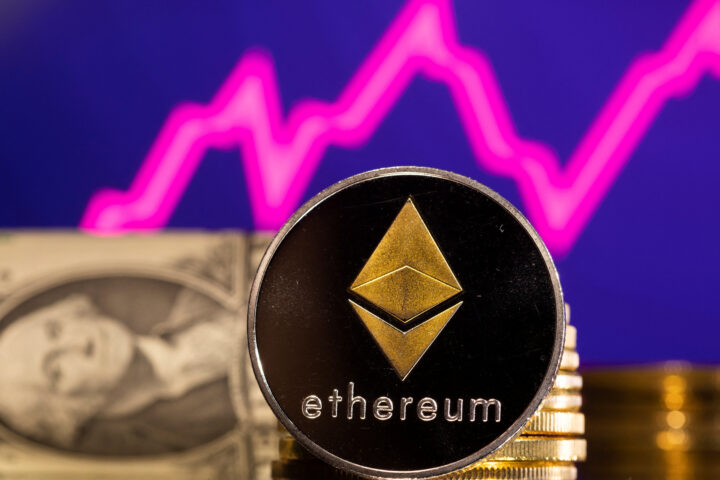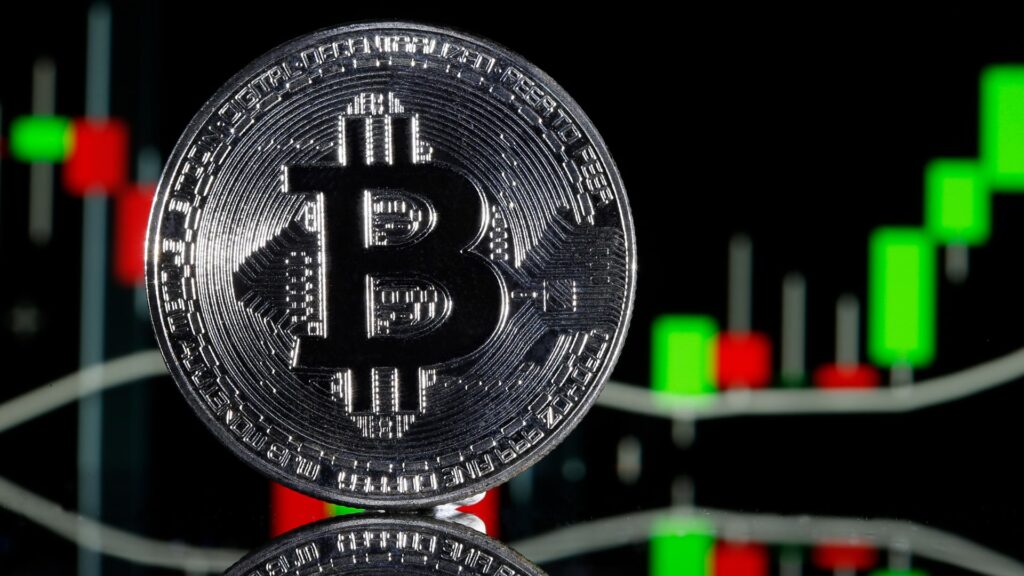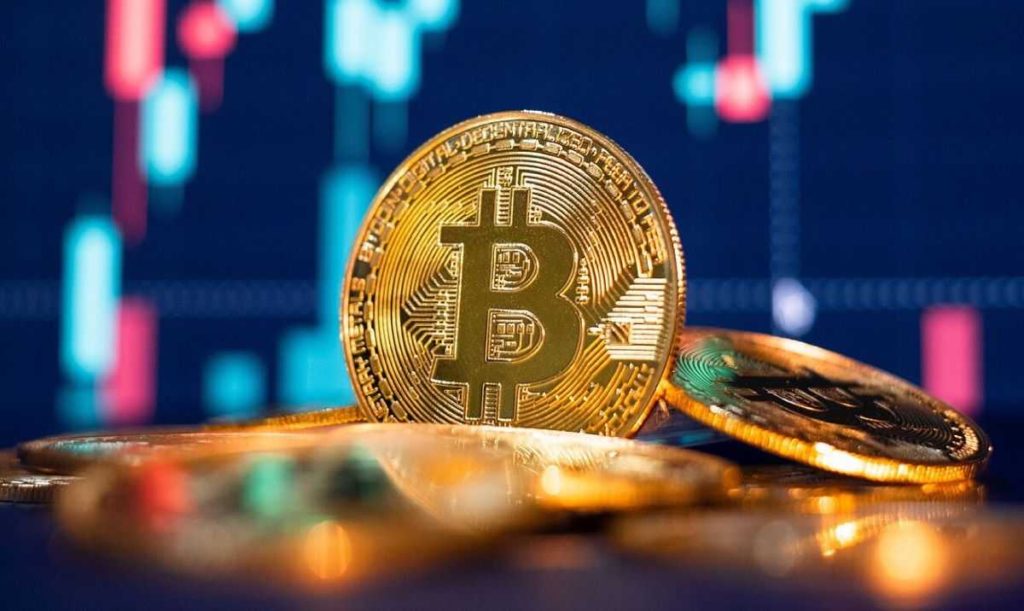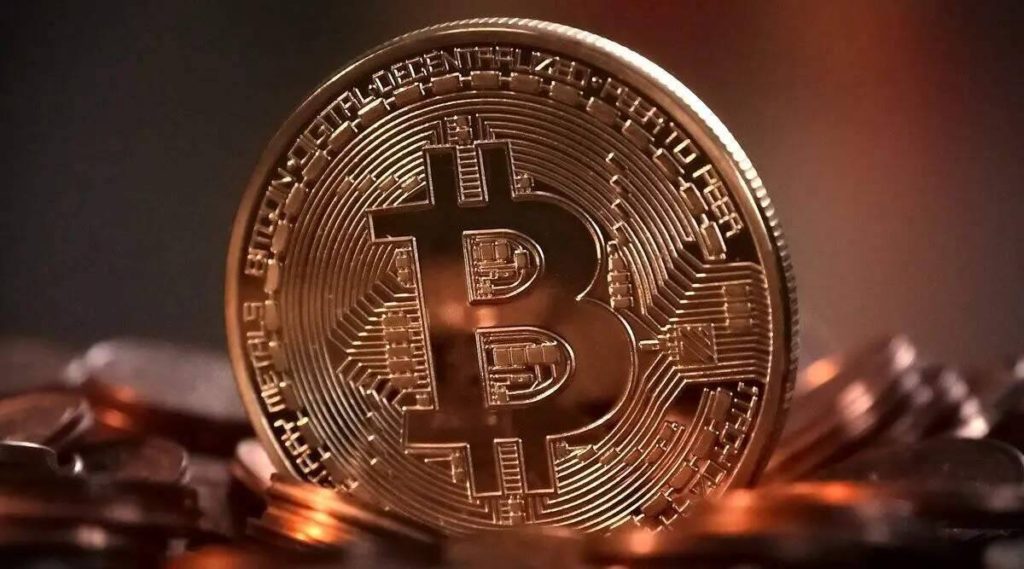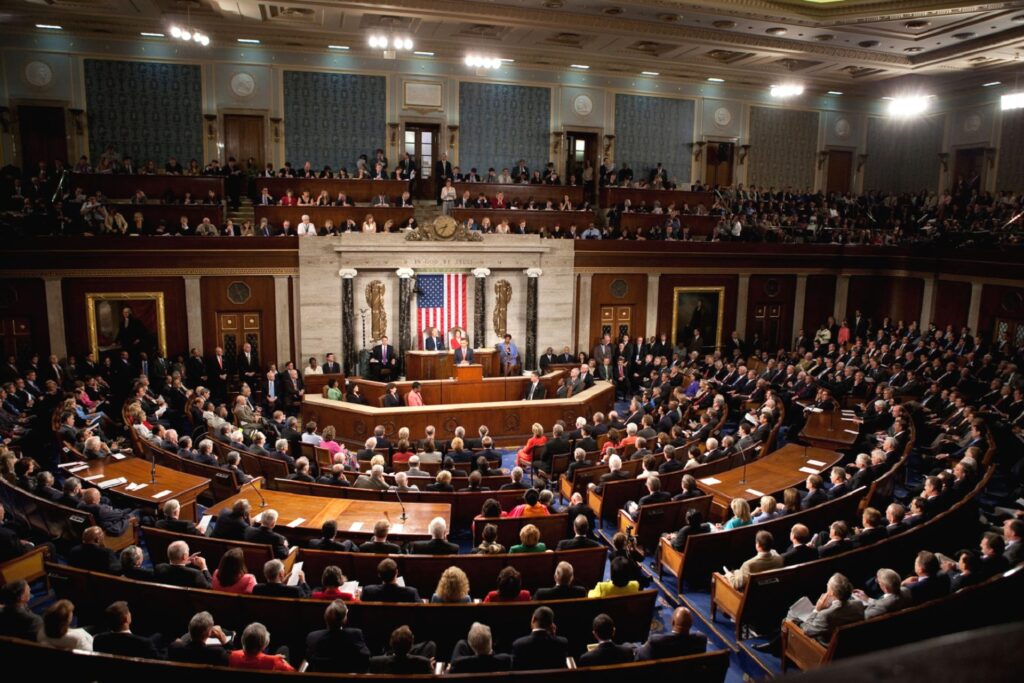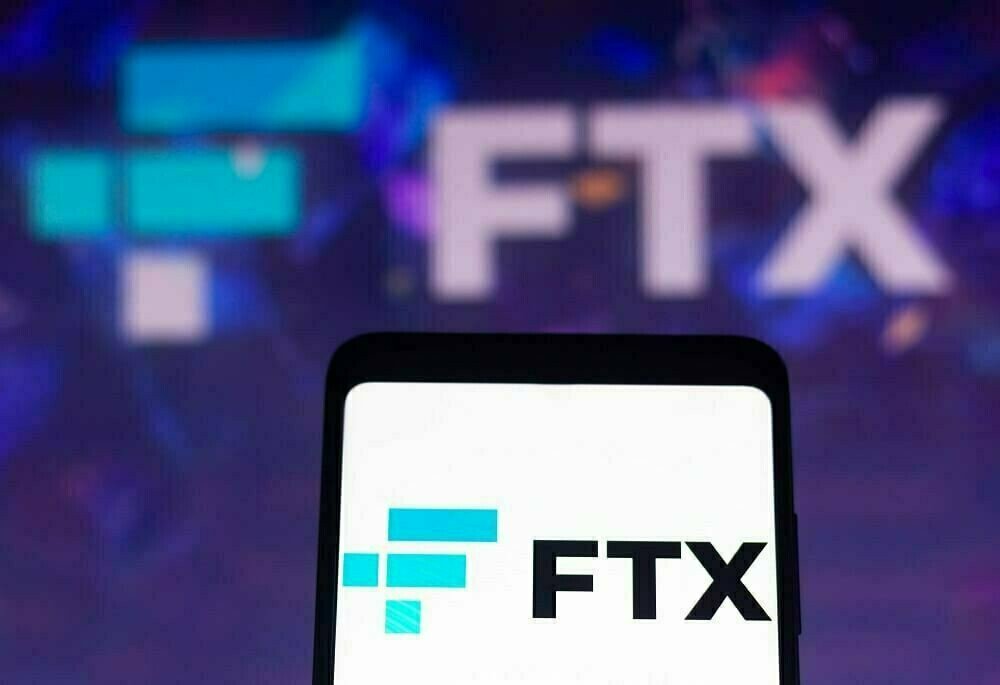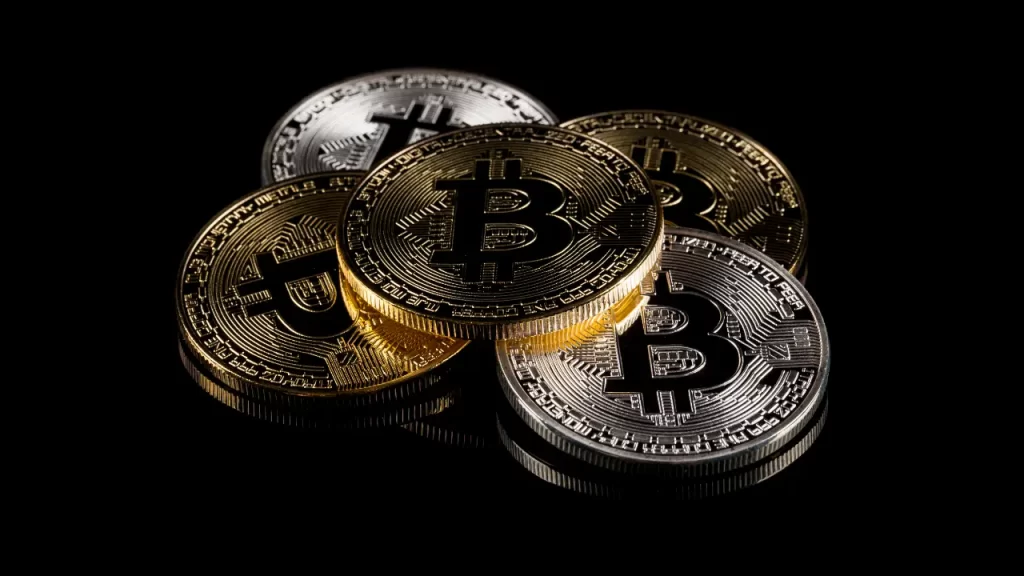Mara Holdings, one of the world’s largest publicly traded crypto mining firms, is preparing to raise up to $1 billion through a convertible senior notes offering, with a portion of the proceeds earmarked for Bitcoin acquisitions.
In a statement released Wednesday, the company said $850 million in notes will be offered to institutional investors, with an option to raise an additional $150 million.
The notes are due in 2032 and will be senior unsecured obligations.
They will not bear interest and are subject to market conditions, meaning there is no certainty the offering will be completed or finalized as proposed.
Use of Proceeds Includes Bitcoin and Debt Repayment
Up to $50 million of the proceeds will go toward repurchasing Mara’s existing 1.00% convertible senior notes due in 2026.
The remainder will support capped call transactions, new Bitcoin acquisitions, and general corporate needs.
“We currently intend to use the net proceeds from this offering for general corporate purposes, including the acquisition of bitcoin and for working capital,” the company said in a regulatory filing.
Bitcoin Strategy Remains Core Focus
The announcement comes shortly after Mara completed a minority acquisition of Two Prime, an institutional asset adviser with $1.75 billion under management.
This deal has increased the volume of Bitcoin Two Prime manages on Mara’s behalf.
Despite rising mining difficulty, the company reported a 35% increase in BTC production in May, showing strong operational performance.
Reports from late May indicated Mara’s annualized mining revenue exceeded $752 million, a record for the firm.
Significant Bitcoin Holdings Boost Market Position
According to Bitcoin Treasuries data, Mara currently holds around 50,000 BTC, making it the second-largest corporate Bitcoin holder after Strategy, which owns 607,000 BTC.
This aggressive accumulation echoes a previous move in March when Mara announced plans to sell up to $2 billion in stock to acquire more Bitcoin.
The firm revealed it had entered agreements with institutional investors to facilitate that stock offering “from time to time,” reinforcing its long-term commitment to Bitcoin.
After a strong 12-day streak of inflows, spot Bitcoin exchange-traded funds (ETFs) recorded net outflows totaling $131.35 million on Monday.
The retreat follows a wave of enthusiasm that had seen $6.6 billion enter the market over nearly two weeks, reflecting renewed institutional and retail appetite for the asset class.
This reversal is being interpreted by market analysts as a sign of measured profit-taking rather than fear-driven selling.
ARK Invest Sees Largest Outflows Among ETF Issuers
The bulk of Monday’s outflows came from ARK Invest’s ARKB fund, which registered a $77.46 million pullback.
Grayscale’s GBTC was next in line, recording $36.75 million in outflows.
Fidelity’s FBTC also saw notable exits, shedding $12.75 million.
Smaller outflows came from VanEck’s HODL and Bitwise’s BITB, with $2.48 million and $1.91 million, respectively.
Interestingly, BlackRock’s IBIT, which holds the largest net assets at $86.16 billion, remained neutral, showing no inflows or outflows for the day.
Despite the single-day downturn, the cumulative net inflow figure for all spot Bitcoin ETFs remains healthy at $54.62 billion.
Total net assets across the group now stand at $151.6 billion, which represents 6.52% of Bitcoin’s overall market capitalization.
Market Rebalance Seen as Key Driver Behind ETF Exits
Kronos Research’s chief investment officer, Vincent Liu, explained that the timing of the outflows lines up with strategic rebalancing.
“The recent ETF outflows reflect profit-taking near the highs and measured institutional rebalancing to lock in gains,” Liu told Cointelegraph.
According to Liu, this shift is not indicative of panic selling, but rather a natural market cycle after a significant rally.
“It’s not panic but positioning — a natural pause after a strong upward run,” he added.
This cooling-off period comes after two consecutive billion-dollar inflow days earlier in July — $1.18 billion on July 10 and $1.03 billion on July 11 — marking the first time such an event has occurred in Bitcoin ETF history.
Ethereum ETFs Continue to Attract Capital
While Bitcoin ETFs saw outflows, Ether-based ETFs continued their positive momentum.
Spot Ether ETFs saw an impressive $296.59 million in net inflows on Monday, pushing their total inflows to $7.78 billion.
Ethereum products are now enjoying a 12-day streak of inflows, mirroring the earlier run seen in Bitcoin ETFs.
That streak includes a standout performance on Wednesday when Ethereum ETFs pulled in $726.74 million — their highest single-day inflow since launch.
This was followed by Thursday’s $602.02 million inflow, showing a steady increase in demand for Ether-related investment vehicles.
Conclusion
While Monday’s outflows from Bitcoin ETFs may seem like a setback, analysts see them as a healthy breather rather than a sign of a broader shift in sentiment.
Investor interest in crypto ETFs remains strong, with Ether products stepping up as Bitcoin takes a short pause in capital inflows.
Ethereum’s native token, Ether (ETH), could be heading for a dramatic rise toward $8,000, according to market analyst Gert van Lagen.
He points to a notable similarity between ETH’s current chart pattern and a historical trend observed in the Dow Jones Industrial Average (DJIA), suggesting the cryptocurrency is now entering a critical bullish phase.
Van Lagen highlights what he describes as a “textbook expanding diagonal,” also known as a megaphone pattern, which has supported Ethereum’s major rallies since mid-2022.
This pattern helped drive a 245% increase in Ether’s value from November 2022 to February 2024.
Chart Formation Signals Possible Breakout
Currently, ETH is trading near $3,800 and sits between the megaphone pattern’s upper and lower boundaries.
Following a bounce from the lower trendline in March, van Lagen believes Ethereum is now primed for a potential move toward the upper trendline — situated around the $8,000 mark — by early 2026.
Supporting this theory is a historical comparison with the Dow Jones from 1980, which exhibited a similar expanding diagonal pattern before reaching a major peak.
Van Lagen ties this behavior to Elliott Wave theory, which breaks down market cycles into five phases.
According to his analysis, Ethereum is now in its fifth and final wave — often referred to as the blow-off top — a stage marked by high volatility and accelerated buying from late entrants into the market.
Ascending Triangle Adds Bullish Momentum
Further technical indicators back van Lagen’s bullish case.
Ether has reclaimed a multi-year ascending trendline and is now consolidating within a well-defined ascending triangle.
Currently, it is testing resistance between $3,900 and $4,150.
A breakout above this range could launch ETH toward $7,150 — an 80% increase from current levels — placing it near the upper bound of van Lagen’s projected megaphone.
Macro Tailwinds Strengthen Bullish Outlook
Felix Xu of ZX Squared Capital supports the bullish sentiment, noting that macroeconomic conditions and expected Federal Reserve rate cuts could further enhance ETH’s upside.
Additionally, inflows into Ether exchange-traded funds (ETFs) continue to boost investor confidence.
Xu also entertains the possibility of ETH reaching as high as $10,000 in the current market cycle.
Meanwhile, blockchain firm Consensys has its own long-term valuation model for Ethereum.
Using what it calls a “cost-to-corrupt” framework — which links ETH’s intrinsic value to the cost of attacking the network — the firm predicts a base price of $4,900 by the end of 2025, with a climb to $15,800 projected by 2028.
Institutional Interest and Regulatory Clarity
ETH’s current momentum is also supported by increased institutional activity and improving regulatory clarity around Ethereum-based stablecoins.
As demand for on-chain financial products grows, Ethereum’s use case continues to expand, positioning it favorably for long-term appreciation.
Bitcoin (BTC) is eyeing a climb toward $155,000 amid a bullish technical setup known as the “golden cross.”
On Thursday, trader Merlijn highlighted the recent development on X, formerly Twitter.
He noted that the 50-day simple moving average (SMA) has crossed above the 200-day SMA on the daily chart.
This golden cross pattern often signals strong bullish momentum in markets.
Merlijn emphasized its historical impact, saying:
“Every.
Single.
Time.
This signal shows up $BTC goes vertical.”
Past instances provide compelling context.
Both the 2017 and 2020 golden crosses preceded surges exceeding 2,000 percent.
The last golden cross emerged in October 2024 when Bitcoin hovered around $65,000.
Within three months, BTC reached near $110,000.
Merlijn argues that the current setup mirrors those high‑impact events.
This newer cross was confirmed on May 22.
Since then, Bitcoin has gained roughly 12 percent.
Based on patterns from 2016’s more short-lived golden cross, some analysts say the run could continue to $155,000.
The pattern shown on a weekly chart indicates more upside ahead.
Cointelegraph previously observed Bitcoin’s first-ever weekly golden cross at the start of 2024.
That event marked the onset of the current bull run.
However, technical signals are only part of the story.
For a stronger breakout, Bitcoin needs to break above the $120,000 resistance zone.
According to trader and analyst Rekt Capital, a daily close above this range high could confirm the move.
He told X:
“Daily Close above ~$120k Range High resistance followed by a post-breakout retest would see Bitcoin confirm a breakout to new highs.”
In addition, as BTC consolidates, capital appears to be rotating into altcoins.
But renewed interest in altcoins often supports the broader crypto rally.
For now, the golden cross continues to draw attention.
If history is any guide, the BTC price may follow its steepest inclines yet.
All eyes are now on both the $120,000 breakout and how long the 50-day SMA stays above the 200-day.
MicroStrategy (MSTR), led by Bitcoin advocate Michael Saylor, closed at a record market capitalization on Wednesday, driven by investor confidence and Bitcoin’s steady performance near all-time highs.
“MSTR just closed at an all-time high market cap,” Saylor posted on X, formerly Twitter, celebrating the company’s latest financial milestone.
MSTR Surges Alongside Bitcoin’s Bullish Momentum
MicroStrategy’s stock has seen significant appreciation in recent weeks.
According to Google Finance, the company’s shares climbed 21.52% over the past month, ending Wednesday’s session at $455.90.
Bitcoin, which underpins the firm’s strategy, has also gained 10% over the past 30 days.
It peaked at $122,884 earlier in the week before pulling back slightly to $118,413 at the time of writing, according to Nansen data.
The close correlation between Bitcoin’s performance and MSTR’s stock has been a consistent feature of the company’s market behavior.
Options trader Sean Trades shared optimism about MicroStrategy’s trajectory, stating the stock is “gearing up for the next leg to all-time highs.”
Despite Record Cap, MSTR Shares Still Below Peak
Although MicroStrategy now boasts a record valuation, its stock price remains nearly 19% below its all-time high of $543, last achieved in November 2021.
To fuel its aggressive Bitcoin acquisition strategy, the firm continues to raise capital by issuing new stock.
That approach has enabled it to significantly expand its digital asset holdings.
On Monday, the firm disclosed in a filing with the U.S. Securities and Exchange Commission that it had purchased 4,225 more Bitcoin, investing $472.5 million.
S&P 500 Qualification and Future Outlook
MicroStrategy’s ongoing growth could position it for entry into the S&P 500.
Jeff Walton, vice president at Strive Funds Bitcoin Strategy, highlighted on Wednesday that this marks the 11th consecutive day that MicroStrategy has qualified for inclusion in the index.
In a May Financial Times documentary titled Michael Saylor’s $40 Billion Bitcoin Bet, Walton predicted that Strategy could become “the number one publicly traded equity in the entire market,” citing its anticipated financial strength from Bitcoin.
The company is scheduled to release its latest earnings report on August 5.
Despite posting net losses over the past three quarters, the firm remains committed to its crypto-centric growth model.
With Bitcoin hovering near peak levels and the company’s strategy gaining institutional recognition, MicroStrategy’s trajectory remains closely tied to crypto market dynamics.
Efforts to advance three major crypto-related bills in the U.S. House hit a roadblock on Tuesday, as internal disagreements among Republican lawmakers forced a pause on a key procedural vote.
At the heart of the dispute is a push by some members of the GOP to include a ban on central bank digital currencies (CBDCs) in the legislation.
House Speaker Mike Johnson said he is hopeful the House will attempt to pass a procedural vote on Wednesday.
“It’s a priority of the White House, the Senate and the House to do all of these crypto bills,” he stated, as reported by Politico.
Disagreements on Strategy and Bill Structure
The package includes the GENIUS Act, aimed at regulating stablecoins, along with the Anti-CBDC Surveillance Act, and the CLARITY Act, which proposes a new market framework for crypto assets.
Some Republicans have argued that the bills should be bundled into one, but Speaker Johnson pushed back, warning the Senate would not approve such a move.
“We have to do them in succession,” Johnson reportedly said.
This legislative push is part of the Republican-led “Crypto Week,” intended to pass meaningful crypto regulation before Congress adjourns for a month-long break in August.
In response, Democrats have dubbed the effort “anti-crypto corruption week” to express their opposition.
CBDC Concerns Drive Republican Resistance
Tensions escalated on Tuesday when 13 Republicans, including House Majority Leader Steve Scalise, voted against considering the bills.
Among those dissenting were lawmakers such as Marjorie Taylor Greene, Andy Biggs, and Victoria Spartz.
Several lawmakers took to X to clarify that they weren’t opposed to crypto regulations in general, but refused to support the GENIUS Act without an explicit CBDC ban.
“I just voted NO on the Rule for the GENIUS Act because it does not include a ban on central bank digital currency and because Speaker Johnson did not allow us to submit amendments,” Greene said.
Biggs echoed the sentiment, warning that the current version of the bill could allow for a layered CBDC and lacked guarantees for self-custody.
“House Leadership must allow an open amendment process so Members can freely debate and improve the bill,” he added.
Past and Future of the GENIUS Act
The GENIUS Act had previously failed its first Senate vote in May due to Democratic concerns about Donald Trump’s involvement in crypto.
It eventually passed in June with bipartisan support.
Custodia Bank CEO Caitlin Long urged calm after Tuesday’s delay, noting that the Senate also required a second vote to move forward on the GENIUS Act.
“BEFORE Y’ALL FREAK OUT, don’t forget that the first procedural vote in the Senate on the GENIUS Act failed as well…the second one passed 11 days later,” she wrote on X.
Eleanor Terrett, host of the Crypto in America podcast, argued that the current bill already restricts the Federal Reserve from creating a retail CBDC.
Speaker Johnson Continues Talks
According to ABC News, Speaker Johnson is continuing discussions with Republican holdouts.
However, one of the main sticking points remains whether the three bills should be passed together or separately.
“They want to push that and merge them together,” Johnson said.
“We’re trying to work with the White House and with our Senate partners on this.”
The House is scheduled to reconvene on Wednesday to resume its legislative work.
A political clash over cryptocurrency regulation is escalating in the U.S. Congress as top Democrats push back against Republican-led legislation scheduled for debate this week.
House Financial Services Committee ranking member Maxine Waters and subcommittee colleague Stephen Lynch announced their intention to oppose a package of bills that Republicans plan to fast-track starting Monday.
According to Waters, the proposed laws lack crucial consumer safeguards and threaten to expose the U.S. financial system to new vulnerabilities.
Accusations of Favoring Industry Interests
“[Republicans are] doubling down by fast-tracking a dangerous package of crypto legislation through Congress,” Waters said.
She further claimed that the bills would make lawmakers “complicit in Trump’s unprecedented crypto scam,” referencing the former president’s ventures in the digital asset space.
Legislative Package Includes Three Key Bills
The crypto package includes the GENIUS Act, which aims to regulate payment stablecoins and has already passed the Senate.
Also on the table are the CLARITY Act, which would establish digital asset market structure, and the Anti-CBDC Surveillance State Act, which seeks to block any development of a U.S. government-issued digital currency.
While Republicans hold a slim House majority, it remains uncertain whether they can gather enough support to pass all three bills, particularly in the face of unified Democratic opposition.
Concerns Over National Security and Oversight
Lynch criticized the GOP for prioritizing crypto industry interests over consumer protection.
“My Republican colleagues are eager to continue doing the bidding for the crypto industry while conveniently ignoring the vulnerabilities and opportunities for abuse that exist in crypto,” he said.
Many Democrats argue the legislation would reduce oversight by shifting regulatory authority away from the Securities and Exchange Commission (SEC) and toward the Commodity Futures Trading Commission (CFTC).
Trump’s Crypto Ties Complicate Debate
Trump’s connections to the crypto sector are also drawing attention.
Reports indicate his personal wealth has increased by roughly $620 million in recent months, driven largely by investments in crypto-related ventures, including World Liberty Financial.
This firm has reportedly launched its own stablecoin, USD1, raising further questions about the intersection of political influence and crypto regulation.
Senate to Take Up Market Structure Bill
While the GENIUS Act is likely to reach the president’s desk soon, momentum around the CLARITY Act appears to be shifting toward the Senate.
Senate Banking Committee Chair Tim Scott and Senators Cynthia Lummis and Kirsten Gillibrand are working toward a new draft of the bill with the goal of finalizing legislation by September 30.
House Financial Services Committee Chair French Hill said the revised draft will be the “best” version debated since 2023.
Regulatory Roles Could Shift
A comprehensive market structure bill would clarify regulatory jurisdiction between the SEC and CFTC.
Current drafts suggest handing more oversight to the CFTC, particularly for registering and supervising digital asset platforms.
This restructuring could significantly reshape how cryptocurrencies are governed in the United States moving forward.
A Chinese creditor has filed an objection to a motion by the FTX estate that seeks to halt distributions to creditors in countries with restrictive or unclear cryptocurrency regulations.
The objection, submitted to a U.S. bankruptcy court on Tuesday, comes from Weiwei Ji, a Chinese passport holder currently living in Singapore.
Ji stated that despite their current residence, they’ve been classified as a Chinese creditor due to their nationality.
According to the filing, Ji represents a group of more than 300 Chinese creditors with substantial claims.
FTX Repayment Restrictions Under Fire
FTX’s motion, filed on July 2 in the U.S. Bankruptcy Court in Delaware, seeks to temporarily halt repayments to creditors in 49 jurisdictions.
These include countries like China, Russia, Zimbabwe, and Moldova, where laws around cryptocurrency are either ambiguous or restrictive.
The estate argues that making payments to residents in these areas could potentially result in criminal penalties, financial fines, or personal liability for those administering the repayments.
Moldova, in particular, was cited as a risk example, where even auxiliary services involving virtual assets are deemed criminal offenses.
Claimants Argue Distribution Should Proceed
In the objection, Ji argued that digital assets are considered personal property in China, and U.S. dollar settlements are a recognized legal form of payment.
This, Ji claims, nullifies the rationale for withholding distributions.
“My family holds four KYC-verified accounts with aggregate claims exceeding $15 million USD,” Ji wrote.
“We have fully complied with every procedural requirement under the Plan. The proposed motion now jeopardizes our right to distribution in an arbitrary and inequitable manner.”
Wider Implications for Creditors Worldwide
The motion estimates that around 5% of the total value of approved claims belongs to residents in restricted regions.
The estate’s filing seeks to mitigate potential legal complications arising from international payouts.
However, creditors like Ji argue that the motion imposes unfair barriers and contradicts the spirit of the agreed-upon bankruptcy plan.
The objection brings attention to the complexities of cross-border bankruptcy proceedings involving digital assets.
FTX Repayments Already Underway
FTX began issuing repayments on February 18, prioritizing convenience class claimants.
These initial payments are based on the value of digital assets at the time of the company’s collapse in November 2022—a decision that has been criticized by some creditors.
While the estate continues to navigate legal and logistical hurdles, the backlash from international creditors could pose new challenges in the already controversial repayment process.
Bitcoin made an ambitious push toward the $110,000 mark on July 9, but selling pressure halted its advance just short of the milestone.
BTC/USD peaked at $109,777 on Bitstamp before reversing, according to data from Cointelegraph Markets Pro and TradingView.
The price remains constrained within a tight range, with liquidity clustering at key levels.
Order book data from CoinGlass indicated strong buying interest around $108,500 and heavy sell pressure near $110,500, which appears to be capping further gains for now.
Traders Signal Caution as Liquidity Concentrates
Despite the temporary pullback, many market participants are optimistic that Bitcoin may be preparing for another rally.
Trader Jelle noted the heavy liquidity above $110,000 and suggested a successful breakout could quickly push the price much higher.
“Almost all liquidity is to the upside. Stops above $110k are not safe,” he commented on X, forecasting a possible move to $130,000 if the resistance is broken.
Analyst BitBull highlighted technical indicators that might support this bullish scenario.
He pointed to a potential inverse head and shoulders pattern on the 3-day RSI and price charts.
“For breakout, we need one of these 2 things. Either a 3D close above $110K or a 3D RSI close above 70. After that, we’ll experience an up-only rally for 3-4 weeks,” he explained.
Volatility Expected as Macro Factors Weigh on Sentiment
Beyond technicals, broader macroeconomic factors are also expected to influence Bitcoin’s short-term trajectory.
QCP Capital, in its latest bulletin to Telegram subscribers, said the upcoming U.S. Consumer Price Index (CPI) report could introduce volatility in the crypto and equities markets.
The firm emphasized that recent strong jobs data had already cooled optimism around near-term interest rate cuts by the Federal Reserve.
“Markets have scaled back expectations to two cuts in 2025, down from 2.5 previously. A July cut is all but priced out. September odds have slipped from 90% to 70%,” the bulletin noted.
This shift in expectations has placed additional focus on upcoming economic data releases.
Despite these uncertainties, QCP described Bitcoin as “well bid,” supported by institutional inflows and a weakening U.S. dollar.
“With a reignited trade war, a more hawkish Fed, and tightening liquidity conditions, the stage is set for elevated volatility,” the firm added.
“Macro catalysts are lining up. Buckle up,” QCP concluded.
Outlook Hinges on Breaking $110K
While BTC has so far failed to close above $110,000 since June 11, traders remain alert for a breakout that could mark the beginning of a stronger bullish trend.
The presence of sell-side liquidity above the current level continues to pose a challenge, but the alignment of technical signals and macroeconomic catalysts may offer enough fuel for Bitcoin to attempt another leg higher.
Until then, investors appear to be watching liquidity zones and upcoming inflation data closely for signs of the next major move.
XRP’s price remained relatively unchanged on Tuesday, registering a marginal 0.1% decline over the past 24 hours and trading at $2.26.
Although momentum appears stagnant on the surface, technical analysts suggest a potential bullish breakout may be forming if key resistance levels are breached.
Traders are closely watching the $2.20–$2.30 range, which holds both the 50-day simple moving average (SMA) at $2.22 and the 100-day SMA at $2.20.
A daily close above this range would be the first major hurdle for bulls.
Further up, XRP must flip the 200-day SMA at $2.36 into support to pave the way for a rally toward $3 and beyond.
Historical Pattern Points to Potential Rally
Historically, XRP has demonstrated strong rallies after reclaiming the 200-day SMA.
In November 2024, the XRP/USD pair crossed above this level, triggering a significant price surge of over 430%, peaking at $2.90 by December 3, 2024.
This historical trend reinforces optimism among market participants expecting another upward move.
Analysts Signal Strengthening Momentum
Crypto analyst CasiTrades took to X on Monday to highlight a bullish continuation setup forming on the daily chart.
“The momentum is building, and XRP’s breakout is close,” the analyst wrote.
CasiTrades pointed to the convergence of the multimonth trendline apex with the 50- and 100-day SMAs around $2.25, noting this as a key support level.
“We’re now sitting just below $2.30, our local resistance. Once this level breaks, the next likely targets are $2.69 and $3.04.”
In a similar analysis, pseudonymous trader Dom emphasized that XRP had moved above a crucial breakout zone near $2.25.
He noted that the area includes all major Volume Weighted Average Prices (VWAPs) and the 160-day downtrend line.
“This is the exact momentum bulls need to aggressively show up and it can send [XRP] to $2.40s,” Dom stated.
XRP/BTC Pair Shows Bullish Divergence
Beyond USD trading, XRP is also displaying strength against Bitcoin.
Over the weekend, the XRP/BTC pair broke above a multimonth descending trendline at 0.00002065 BTC.
This trendline had acted as resistance since March.
A successful retest of this level could confirm a shift in trend, potentially leading to more gains for XRP relative to Bitcoin.
Technical indicators further support the bullish outlook.
Between May and July, the XRP/BTC pair formed lower lows while its daily Relative Strength Index (RSI) climbed from 28 to 55—creating a bullish divergence.
This divergence suggests waning selling pressure and renewed investor interest.
Upside Confirmation Nearing
Market analyst Mikybull Crypto believes that XRP’s next major test lies at the 0.000022 BTC resistance level.
“Break this trendline resistance and XRP will rally strong,” the analyst said.
Analysts also noted that a breakout from the symmetrical triangle pattern on the XRP/BTC chart could trigger gains of up to 70%.
Such a rally would almost certainly propel XRP’s price above $3, echoing historical price behavior.

